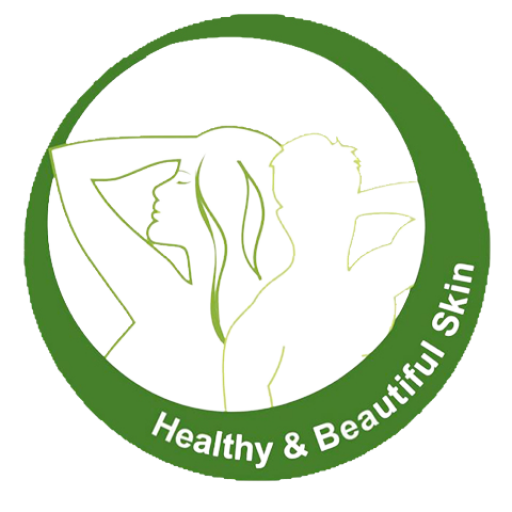
What is Mesotherapy?
Although there is a lot of talk about medical therapies such as Mesotherapy, there are not a lot of people, who actually know what these terms actually mean. Mesotherapy, a method first invented in 1948 by Frenchman Michael Pistor, derives its name from mesoderm. Mesoderm is a layer of the human skin, which is comprised mainly of fat cells. The layer sits right beneath the surface of the skin. When the method was first introduced, it was thought that it would help reduce bulges caused due to excess fat and cellulite.
Mesotherapy is actually a non-invasive method, in which microinjections are administered right below the epidermis. The idea behind the therapy is that it will stimulate the mesoderm, which in turn will help alleviate a range of medical conditions. The solution that is injected into the mesoderm is a combination of several ingredients and the combination will vary from person to person, as it will be customised. However, there will be minerals, vitamins, amino and nucleic acids as well as co-enzymes in this medical cocktail.
What can Mesotherapy be used for?
Mesotherapy was originally designed to handle and reduce excess weight, but today it is being used extensively to battle hair loss. Tests and studies have shown that not only can it delay pattern baldness, but also help with the regrowth of hair.
The Treatment Procedure
Mesotherapy is not just chemical or physical – rather it is a combination of both. Areas have to be demarcated on the scalp beforehand and a special blend of vitamins, minerals and amino acids are injected into the mesoderm. The chemical cocktail works like a bullet, which hits the nail on its head.
- A microinjection is used to deliver the medication to the demarcated parts of the scalp and this leads to the creation of elastin as well as collagen. With new collagen and elastin, there emerges the scope for growth of new hair.
- There are two main active ingredients – Acetyl tetrapeptide-3 and Biochanin A. While AT3 will help reduce the inflammation, which will in turn allow for new hair to grow, the latter can help with the modulation of the conversion of testosterone. AT 3 also stimulates the remodelling of tissues, which will affect the manner in which the hair follicles grow. This signal for remodelling will ensure that the hair anchors better and has a longer and healthier life.
- Generally, there is a time release system in place, which helps improve blood circulation, stimulate the collagen, neutralise the effects of DHT, increase the size of the hair follicles, which will reduce the loss of hair and finally, stimulate the growth of new hair.
- The active ingredients are meant to stimulate the organs and depending on the quality of the ingredients used the hair loss should reduce and new hair growth should start.
